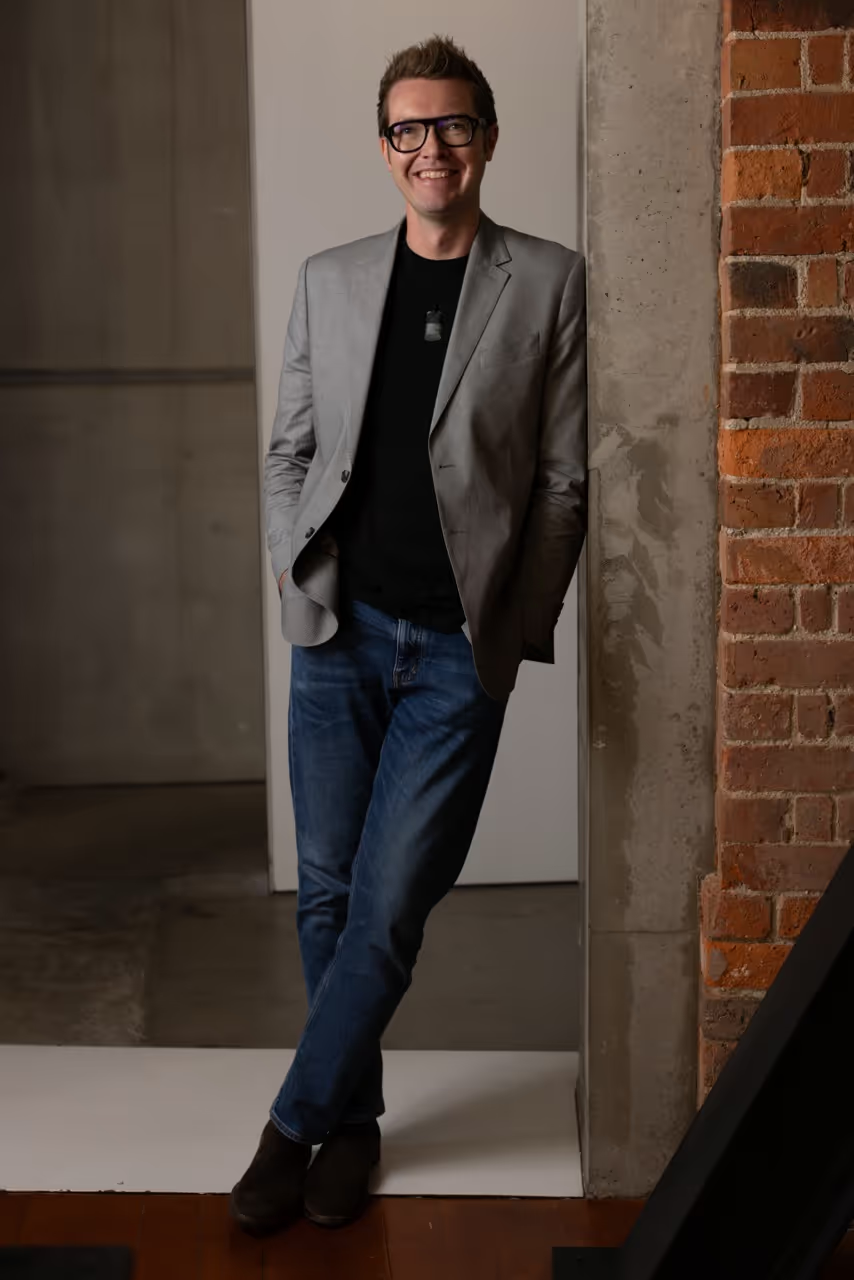The strategic lever most organisations are missing

This week has been a tough one. Not because of the volume of work or the complexity of what’s on, but because in three separate conversations with senior executives, I’ve seen the same painful challenge playing out for them.
Each of them is doing important, thoughtful work to move their organisation forward. Their strategies are sound, and their commitment is real, but in every case there’s been a blind spot – the human capability and experience needed to actually deliver the change has been left until too late.
It hasn’t been ignored, but it has been treated as something to figure out after the big moves have already been made. And now, with decisions already in motion, going back to revisit these questions is harder for them than it would have been, had they tackled these things up front. It can be done – and it must be done if they have any chance of success – but it’s a tougher road now than it really needed to be.
There’s a lesson in here for all of us - thinking about people isn’t something to tack on at the end. It needs to be built in from the very beginning.
It’s a pattern we’re seeing more and more. Strategy is set at the top. The outcomes are defined. The targets are agreed. But the capability question – what people need to know, do, and be – remains unanswered. And without that clarity, it’s hard to make good decisions about investment, structure, systems, or even headcount.
Too often, there’s an assumption that people will simply adapt. That capability will somehow catch up to strategy, but it rarely works that way. Unless you are explicit about what success demands from your people – in mindset, in behaviour, and in skill – you end up designing in the dark.
Why this work matters
When you start by identifying the capabilities and experiences required to deliver your strategy, everything else gets easier to align. You’re no longer guessing at what structure might work best, or where to allocate budget, or what kind of roles to hire for. You’ve got a reference point. A blueprint. Something to anchor decisions.
It helps shape:
• Where and how to invest
• What the operating model needs to enable
• How teams need to work together
• What systems need to support
• Where your workforce needs to evolve
It also helps to prioritise. You don’t have to boil the ocean. You can focus on the few critical capabilities that will really shift performance. And you can make deliberate choices about what to build internally, what to bring in from outside, and where to partner.
Done well, it becomes a roadmap. Not just for execution, but for transformation. It gives leaders the confidence to act – because decisions are grounded in what the strategy actually requires, not just what the organisation is used to doing.
Why it’s hard to do
The challenge is, this work surfaces stuff that’s often uncomfortable.
It can highlight gaps in leadership or capability. It can show where current structures or ways of working are getting in the way. It can surface cultural or behavioural blockers. It’s not always an easy conversation.
And for some organisations, it can feel exposing. Mapping capability requirements often means naming what you don’t yet have. That can feel like a risk – especially in organisations where performance is strong but the future is shifting fast.
But it’s also one of the most powerful conversations you can have, because when you get clear on the capability side, you can start to build. You can create the conditions for success, and can make smarter and deliberate calls on resourcing, change, and talent. You stop spinning your wheels. You focus effort. You create momentum, and you give your people a fighting chance of succeeding, which - more often than not - is what they want.
What we see at Five
We work with organisations to map capabilities in a way that’s grounded, practical, and forward-looking. We connect the dots between strategy and workforce, between ambition and execution. And we help leaders use that insight to make better choices - about structure, investment, technology, and more.
Clarity on capabilities becomes a tool for alignment. It allows organisations to step back and ask, are we set up to support the people who will be delivering this strategy? Do we have the right roles, the right support systems, the right rhythms of work?
Sometimes the answer involves reshaping roles or teams. Sometimes it’s about unblocking governance, investing in leadership, or shifting ways of working. Other times it’s about removing noise – getting out of people’s way so they can focus on what matters most.
At the centre of it all is one essential idea - strategy needs to be designed for delivery. And delivery depends on people having the capabilities, experiences and environment to do their best work.
That’s the lever more organisations need to be pulling. And when they do, the impact speaks for itself.


